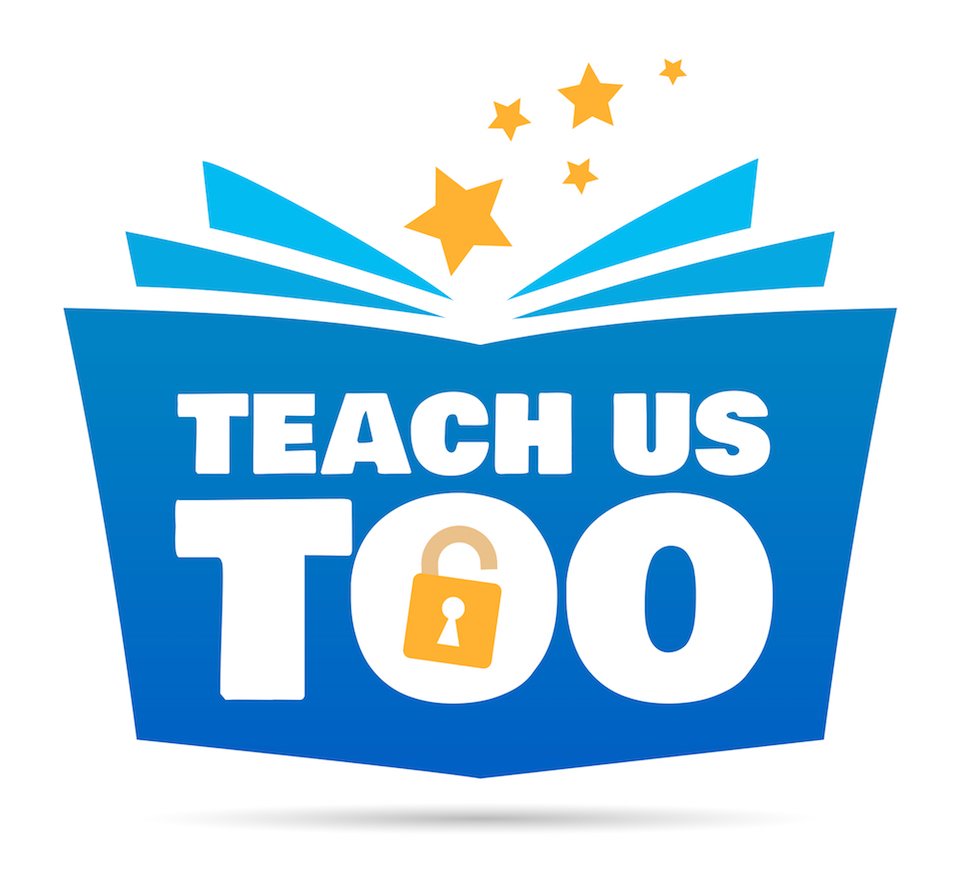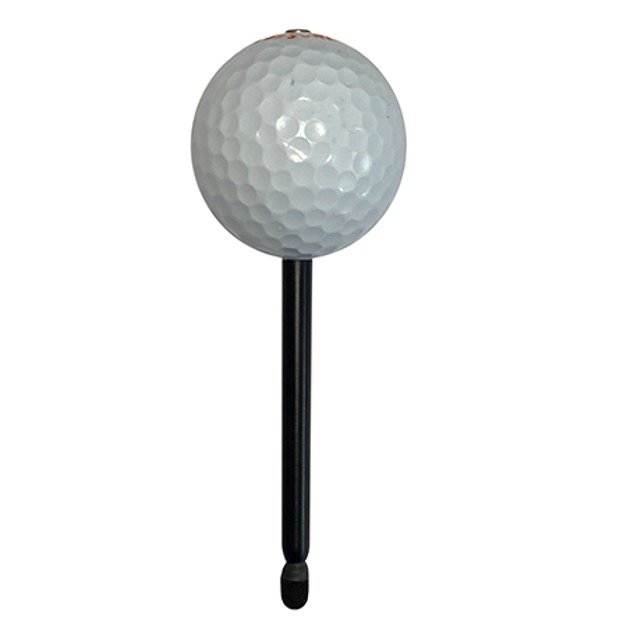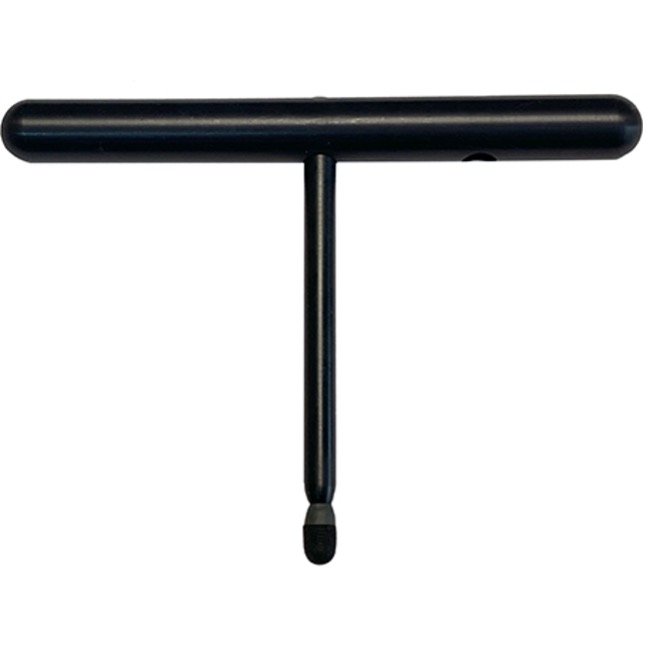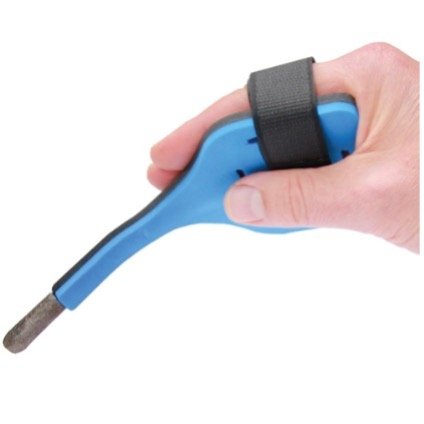Sometimes it’s the simple things… You don’t know what you don’t know!
A guest blog post by
Rebecca Smith
CALL Scotland Course Review
Technology to Support Reading & Writing for Learners with Complex Needs
Week 1: Accessing Reading and Writing - Tools and Strategies
I have recently embarked upon a 5 week course with CALL Scotland centred on using technology to support reading and writing for learners with complex needs. I am based in the Scottish Borders, a large rural area of Scotland. My role involves working right across the region, putting in place IT interventions and strategies which allow young people with additional support needs to access the curriculum. I have worked in complex needs settings for a number of years but I am relatively new in my current role. Therefore, I jumped at the opportunity to take part in this course to broaden my knowledge and awareness of how technology can be harnessed and adapted for our learners with the most complex needs. I strongly believe that reading and writing can and should be part of the educational experience of all learners but we sometimes need to look differently at how we approach this. I am particularly looking forward to the session on shared reading. I already have some ideas about how I can take the ideas explored in the workshops and put them into action with some of my learners.
Lots of great tips in this week’s introductory workshop. The session was very much focussed on access to technology. When you don’t use all of these technologies day to day it is great to get a reminder of the range of access supports that are available. At the high tech end of the range we explored technologies such as Eye-Gaze and Switch Access to support learners with complex physical mobility needs. However, some of the most interesting technologies explored were at the lower tech end of the scale.
One access method, which I particularly want to focus on, is the range of accessible stylus options available. As an ‘IPad local authority’ every pupil from P4 onwards has a 1:1 IPad and we have shared access Ipads in Nursery to P3. Many of the pupils with more complex needs, who I work with, can struggle with the motor control required to use direct touch screen access. However, many of them are also reluctant to use physical supports or adaptations which make them stand out substantially from their peers. I was interested therefore to find out about the range of adapted styluses which can be used for pupils who struggle with conventional grip.
This is a simple adaptation which I am hoping will support some of my learners to work on their touch screen skills. Ideally a set of alternative styluses will be available to allow pupils to experiment with what works for them. An alternative stylus is not going to be a solution for all pupils but if this can even help a handful of pupils improve their access to the IPad I will consider it a major win!!
Another issue raised in the course, which I have been giving more thought to, is balancing physical demand with activity demand. When we find an access method, for example eye-gaze, which works well for a learner, the temptation can be to start using it extensively in a range of activities. However, we must remember that the level of concentration and physical demand that operating an eye-gaze system places on a pupil can be considerable. We must therefore be mindful to balance the level of cognitive demand in an activity with the level of background concentration and effort a pupil is expending. This will help to keep pupils motivated to use the system and avoid burnout. Keep it simple to start off with!
Overall this was a great session and I am looking forward to exploring reading and writing for our learners with complex needs in more depth over the coming weeks.
PS. Top tip – use switches mounted on a wooden spoon to experiment with mounting positions before moving to a more permanent solution!



